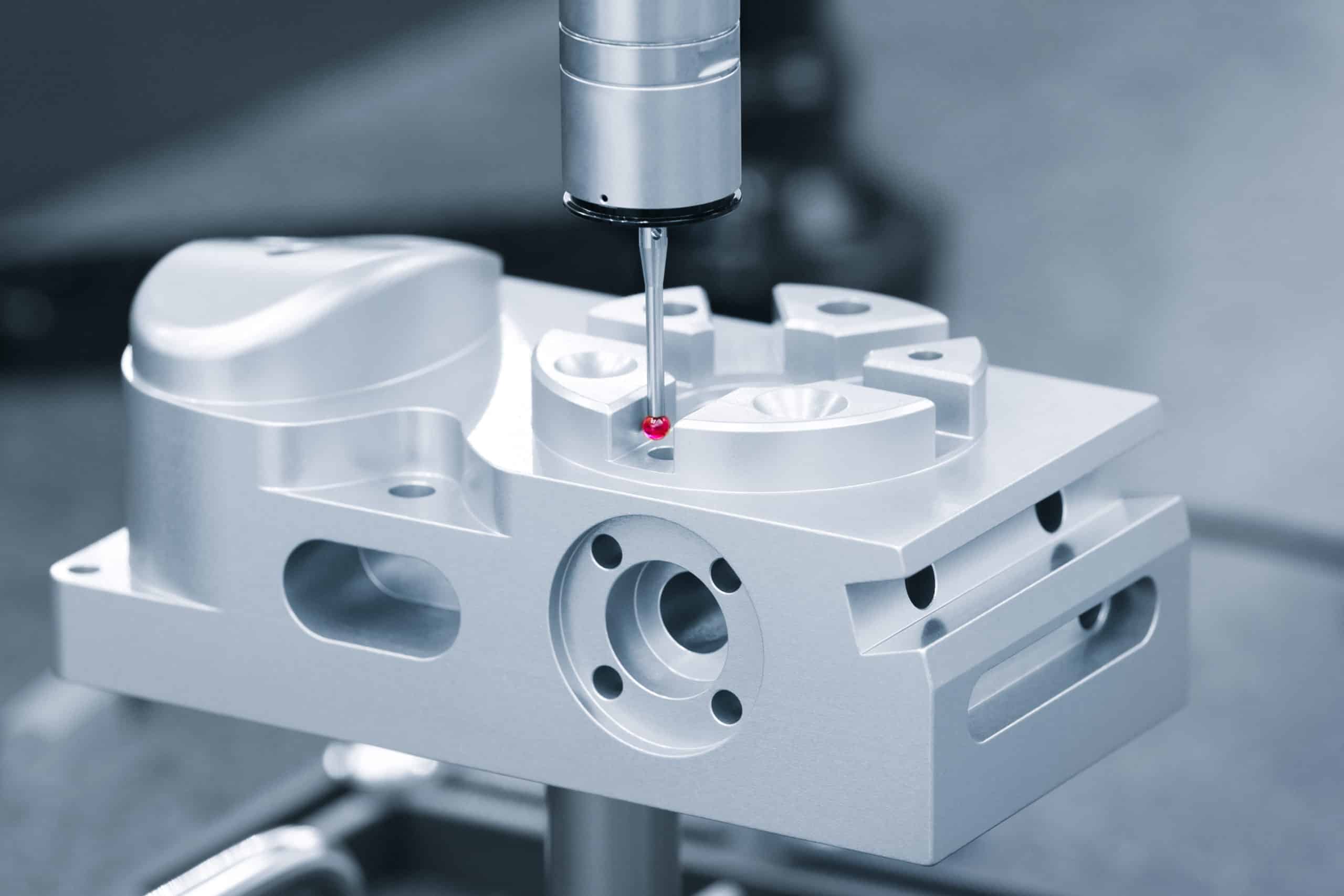Heat Treatment: The Key to Improved Machined parts Performance
Metals and alloys are heated and cooled, controlled to achieve desired properties through heat treatment. These properties can include improved mechanical and physical properties and surface hardness. This process involves heating a material to a specific temperature, holding it at that temperature for a specified period, and then cooling it. Heat treatment techniques can alter a metal’s grain structure, relieve internal stresses, and create a durable wear layer, making it essential in manufacturing.
Table of Contents
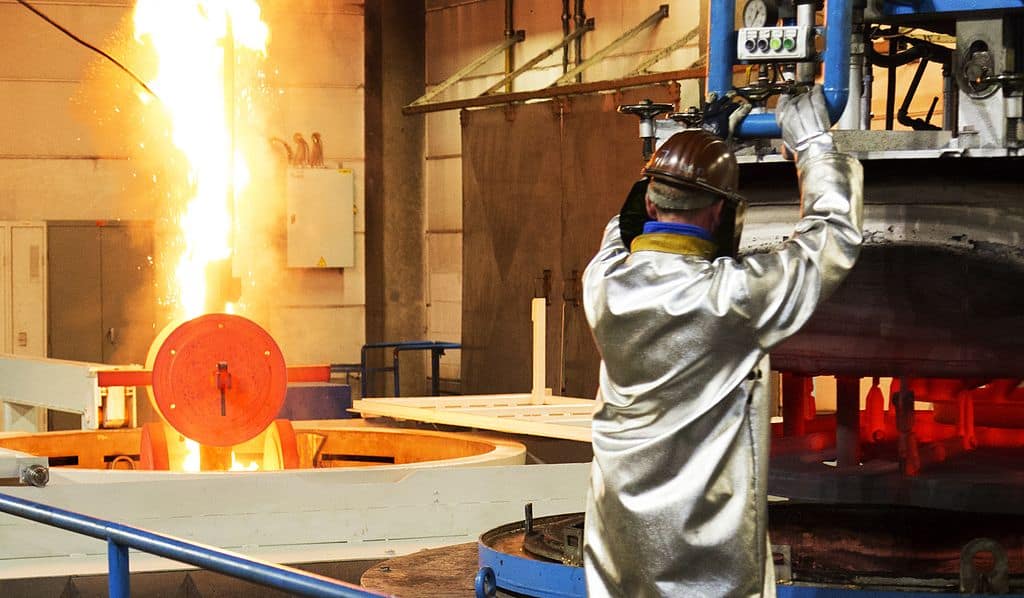
Heat Treatment in Manufacturing
Heat treatment is vital in manufacturing because it can improve the performance and lifespan of materials. It does this by changing the internal structure of metals and alloys, which can enhance their mechanical properties (like strength, toughness, and ductility) and physical properties (such as magnetic properties and heat conductivity).
For instance, heat-treating processes like annealing, hardening, and tempering optimize the properties of stainless steel, cast iron, and carbon steel for various applications. Heat-treated materials can support massive external loads, withstand elevated temperatures, and resist wear, making them suitable for automotive, aerospace, construction, and tool and die manufacturing industries.
Heat treatments allow manufacturers to tailor the characteristics of metals to meet specific requirements, ultimately improving the overall quality and functionality of products.
The three stages of heat treatment
Heating
The first stage in the heat treatment is heating the material to a specific temperature, also known as the upper critical temperature. The heating method employed depends on the type of material, its size, and the desired properties. Standard heat treatment methods for heating metals include furnace heating, induction heating, and electrical resistance heating. In this stage, heat-treating metal ensures that its entire volume reaches the specified temperature, facilitating the desired internal structural changes.
Soaking
During the heat treatment, soaking is the second stage, where the material is maintained at a specific temperature for a certain amount of time. This stage allows the heat to penetrate the material thoroughly, ensuring a uniform temperature distribution and achieving the desired internal structure. The soaking duration depends on factors such as the type of material, its size, and the selected properties. During soaking, the material’s grain structure transforms, essential for improving its mechanical and physical properties.
Cooling
The last step in the heat treatment is cooling the material to room temperature. The cooling medium, which can be air, water, or oil, and the cooling rate significantly affect the material’s final properties. Rapid cooling, like quenching, can increase hardness and strength, while slow cooling, like annealing, can improve ductility and relieve internal stresses. The cooling process determines the material’s final microstructure, influencing its mechanical and physical properties.
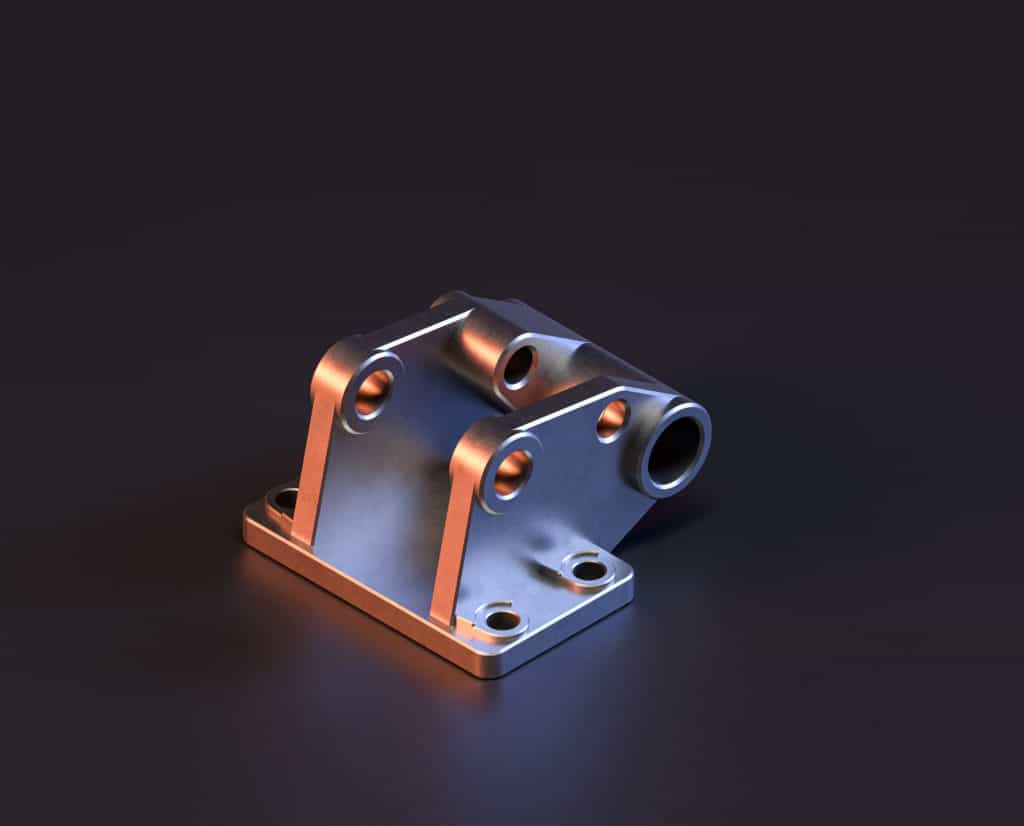
The Five Basic Heat Treatment Processes
Annealing
Through annealing, materials become softer and more malleable, and stress is relieved. To anneal a material, you need to heat it to a specific temperature and keep it at that temperature for a certain amount before allowing it to cool gradually. There are various types of annealing.
- Full annealing: The material is heated to its upper critical temperature, soaked for a specific duration, and then cooled slowly. This process results in a uniform and fine-grained microstructure, improving the material’s ductility and machinability.
- Partial annealing: Partial annealing, also known as process or intercritical annealing, involves heating the material to a temperature below its upper critical point, followed by slow cooling. This method refines the grain structure and is commonly used for cold-worked materials to restore their ductility.
- Stress relieving: Stress relieving is an annealing process that reduces internal stresses caused by manufacturing processes like cold working, welding, or machining. The material is heated to a lower temperature and held for a specified time before cooling. This process allows the material to return to its original shape and relieves internal stresses without significantly altering its mechanical properties.
Normalizing
Normalizing is a heat treatment method that refines the grain structure and homogenizes the material’s composition. It involves heating the material to a temperature above its upper critical point, followed by cooling in air. The process enhances the mechanical properties of materials like carbon steels and iron-based alloys, including strength and toughness.
Hardening
Hardening is a heat treatment process that increases the hardness and strength of a material. It involves heating the material to a specific temperature, followed by rapid cooling or quenching. There are different methods of hardening:
- Quenching: The material is heated to its upper critical temperature, soaked, and then rapidly cooled using a cooling medium such as water, oil, or air. This process results in a hardened surface and increased wear resistance.
- Induction hardening: An electromagnetic coil generates a high-frequency magnetic field, rapidly heating the outer layer of the material during induction hardening. The material is then quenched, resulting in a hard, wear-resistant surface layer while maintaining a tough, ductile core.
Tempering
Tempering is a heat treatment process that follows hardening to reduce the material’s brittleness and improve its toughness. The material is heated to lower temperatures, held for a specific time, and then cooled slowly. This process allows for the development of the desired internal structure and mechanical properties, such as strength and ductility.
Case hardening
The case hardening process forms a hard, wear-resistant surface layer on the material while retaining its ductility. There are different types of case hardening:
- Carburizing: Carburizing is a case hardening process in which the material is heated in a carbon-rich environment, allowing carbon to diffuse into the surface layer. The material undergoes quenching, resulting in a hard, wear-resistant surface with a rigid, ductile core.
- Nitriding: Nitriding is a case-hardening process that involves heating the material in a nitrogen-rich atmosphere. Nitrogen atoms diffuse into the surface layer, forming nitrides that increase the material’s hardness and wear resistance. Unlike carburizing, nitriding does not require quenching, making it suitable for parts with complex geometries that may be prone to distortion during rapid cooling.
When appropriately applied, these five basic heat treatment processes can significantly enhance a material’s mechanical and physical properties, making it suitable for various applications across different industries.
By understanding the principles behind each technique and considering factors such as material type, desired properties, and manufacturing processes, manufacturers can select the most effective heat treatment method to achieve optimal results.
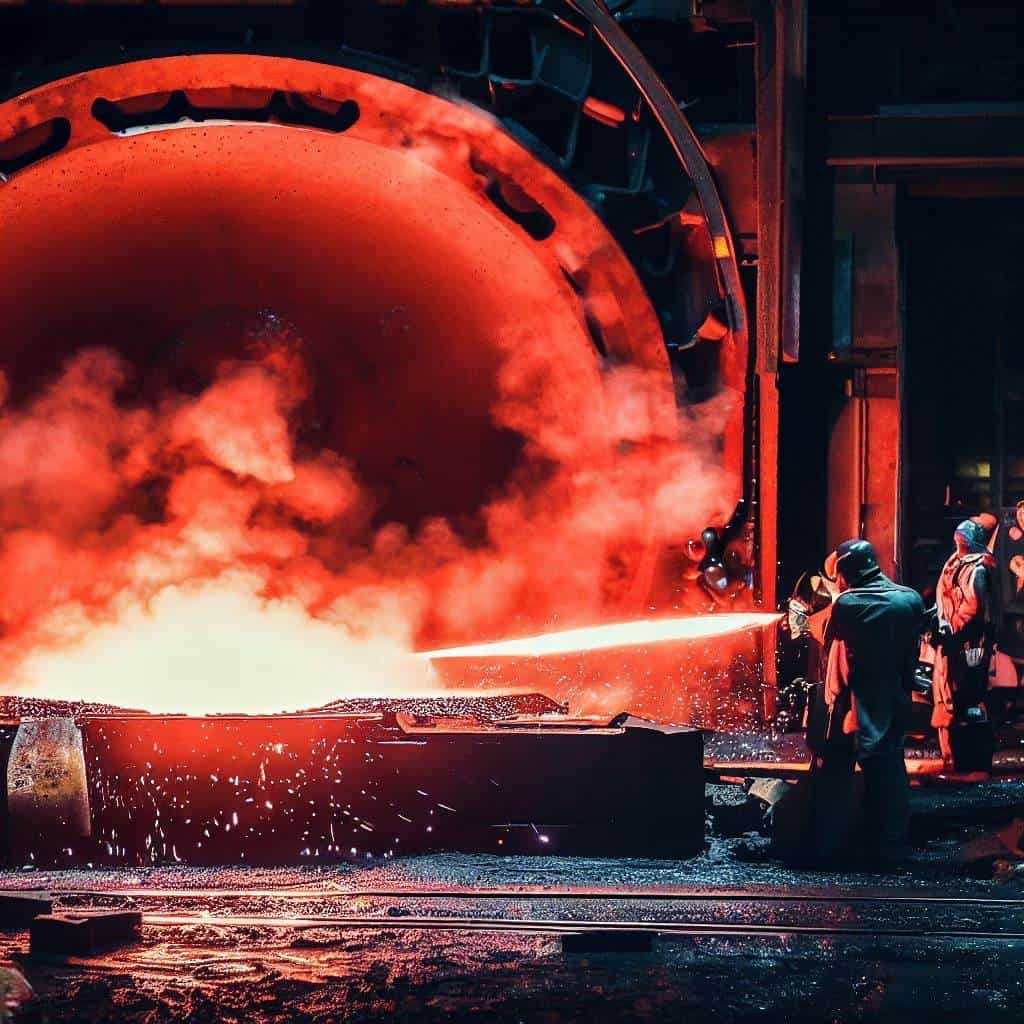
Heat Treatment of Different Materials
Understanding how various materials respond to heat treatment processes is essential to achieve the desired properties. This section will cover the process of heat treating multiple materials such as ferrous metals, non-ferrous metals, stainless steel, and cast iron.
Ferrous metals
Ferrous metals, such as cast iron and carbon steels, are iron-based alloys that often require specific heat treatment processes to enhance their mechanical and physical properties. Standard heat treatment methods for ferrous metals include:
- Annealing: This process improves the ductility and toughness of the material by heating it to a specified temperature and then cooling it slowly. Full annealing and partial annealing are common variations of this process.
- Normalizing: This process refines the grain structure, enhancing strength and wear resistance. The material is heated to a specific temperature and then cooled in air.
- Hardening: The hardening process involves heating the material to its upper critical temperature and rapidly cooling it to increase surface hardness and wear resistance.
Non-ferrous metals
Metals that don’t have iron, like aluminum, copper, and titanium, might need different heat treatment methods to make them stronger. Some common heat treatment methods for non-ferrous metals include:
- Solution heat treatment: This process involves heating the material to a specified temperature and rapidly cooling it to achieve a solid solution. This treatment can improve the material’s strength and ductility.
- Precipitation hardening: The process, sometimes called age hardening, includes heating the material to a specific temperature and keeping it there for a while. This makes the material stronger and more rigid by creating small particles.
- Naturally aging alloys: Some non-ferrous alloys, like certain aluminum alloys, undergo natural aging over time, which improves their strength and hardness without additional heat treatment.
Stainless steel and austenitic stainless steel
Stainless steel is an alloy with at least 10.5% chromium and better resistance against corrosion. Stainless steel with a face-centered cubic crystal structure is austenitic stainless steel. Heat treatment processes for stainless steel and austenitic stainless steel include:
- Annealing: This process relieves internal stresses, refines the grain structure, and improves the material’s ductility.
- Solution heat treatment: This process dissolves carbides and other precipitates by heating the material to a specific temperature and rapidly cooling it, improving corrosion resistance and strength.
- Stress relieving: This process reduces internal stresses caused by cold working, welding, or other manufacturing processes.
Cast iron and carbon steel
Cast iron and carbon steels are iron-based alloys with varying carbon content. These materials often require heat treatment processes to refine their grain structure, enhance strength, or improve wear resistance. Common heat treatment methods for cast iron and carbon steels include:
- Annealing: This process improves the material’s ductility, relieves internal stresses, and refines the grain structure.
- Normalizing: This process refines the grain structure and enhances the material’s strength and wear resistance by heating it to a specific temperature and cooling it in the air.
- Hardening: This process increases the material’s surface hardness and wear resistance by heating it to its upper critical temperature and rapidly cooling it.
By understanding the heat treatment requirements for different materials, manufacturers can tailor their heat treatment processes to achieve the desired properties, ensuring optimal performance in various applications.
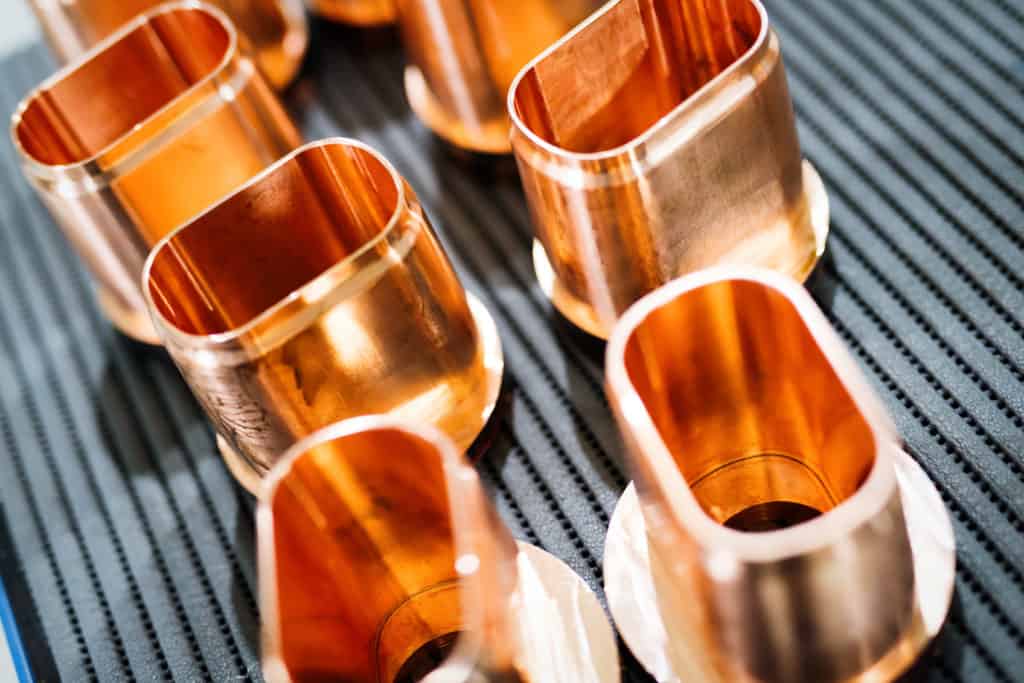
Factors affecting heat treatment
Several factors can impact the effectiveness and outcome of heat treatment processes. These factors include:
- Material type: To obtain specific characteristics in materials like ferrous metals, non-ferrous metals, and stainless steel, different heating techniques, and temperatures need to be used for each type.
- Heating and cooling rates: The material’s heating and cooling rate can significantly affect its final properties. For instance, rapid cooling can increase hardness, while slow cooling can enhance ductility.
- Soaking time: The soaking duration affects the material’s grain structure and the extent of transformation, ultimately influencing its mechanical and physical properties.
- Cooling medium: The choice of cooling medium, whether air, water, or oil, impacts the cooling rate and, consequently, the material’s final microstructure and properties.
- Prior manufacturing processes: Preceding processes like cold working can introduce internal stresses in the material, which heat treatment techniques like stress relieving or annealing can help alleviate.
By carefully considering these factors, manufacturers can select the most suitable heat treatment method for their specific applications and achieve the desired properties in their materials.
Heat Treatment Process Factors to Consider
Material type
When selecting a heat treatment process, it’s essential to consider the material under consideration. This is because different materials react differently to various heat treatment processes.
Some frequently encountered materials include:
- Ferrous metals: These metals, such as cast iron and carbon steels, contain iron and often require specific heat treatment processes like normalizing, annealing, or hardening to achieve the desired properties.
- Non-ferrous metals: Non-ferrous metals such as aluminum, copper, and titanium may require different heat treatment processes, such as solution heat treatment, precipitation hardening, or aging, to improve their mechanical and physical properties.
- Stainless steel: This category includes various alloys, such as austenitic, martensitic, and ferritic stainless steels, each requiring specific heat treatment methods to achieve the desired properties like enhanced corrosion resistance, hardness, or strength.
Desired properties
Understanding the desired properties of the treated material is crucial in selecting the best heat treatment process. Some common properties to consider include the following:
- Mechanical properties: The material’s intended application requires specific properties, including strength, ductility, and toughness. Achieving specific mechanical properties can be done through various heat treatment processes, such as hardening for strength or annealing for ductility.
- Physical properties: The physical properties of a material, such as thermal conductivity, electrical conductivity, or magnetic properties, can be changed by heat treatment. The proper heat treatment process is vital to achieving the desired physical properties.
- Surface hardness and wear resistance: Some applications require materials with a hard, wear-resistant surface. Heat treatment processes like case hardening, induction hardening, or nitriding may be the most suitable choice in these cases.
Manufacturing processes
Considering the manufacturing processes that the material undergoes before heat treatment is essential to ensure the best results. Some common manufacturing processes include:
- Cold working: Processes like cold rolling, drawing, or forging can introduce internal stresses in the material, necessitating heat treatment processes like stress relieving or annealing to restore the material’s ductility and relieve internal stresses.
- Cast iron and carbon steels: These materials often require heat treatment processes like normalizing or hardening to refine the grain structure, enhance strength, or improve wear resistance.
Equipment availability and cost
Finally, the availability of proper equipment and the overall cost of the heat treatment process must be considered when selecting the best method. Factors to consider include:
- Furnaces: Different heat treatment processes require various furnaces, such as batch furnaces, continuous furnaces, or induction heating systems. These furnaces’ availability and associated costs can impact the choice of the heat treatment process.
- Cooling systems: The choice of cooling medium, whether air, water, or oil, can affect the material’s final properties and influence the selection of the heat treatment process.
By carefully considering these factors, manufacturers can select the most suitable heat treatment process for their specific applications, ensuring optimal results and enhanced material properties.
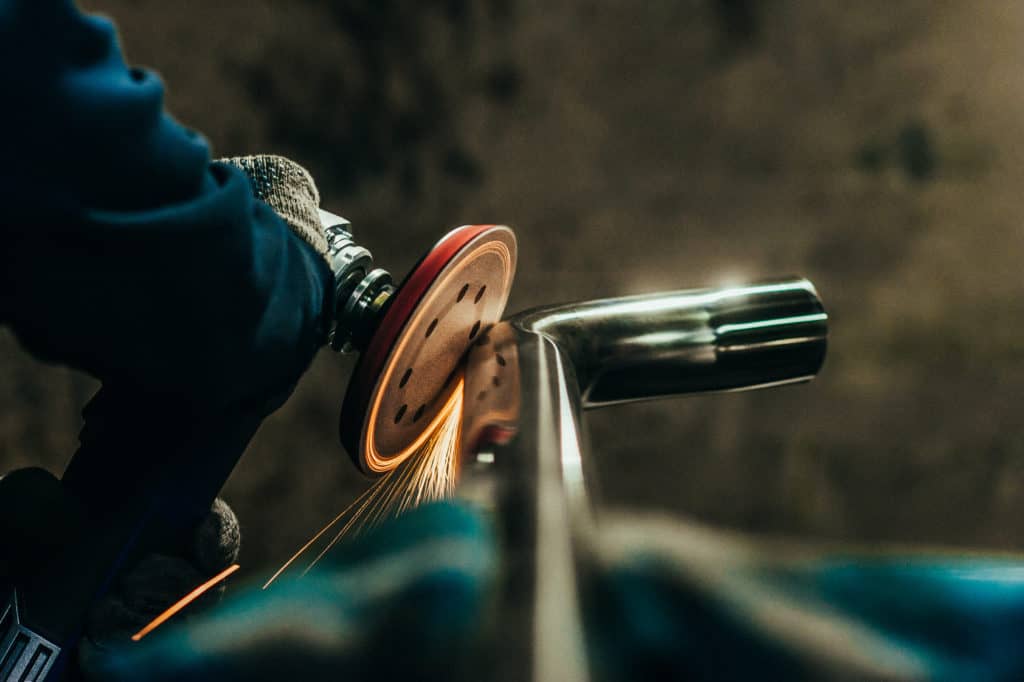
The Role of Heat Treatment in Different Industries
Heat treatment processes play a vital role in several industries, including:
- Automotive: Heat-treated materials, such as hardened gears and wear-resistant components, are crucial for automotive applications. These components must support massive external loads, withstand high temperatures, and exhibit excellent wear resistance.
- Aerospace: Heat-treated metals are employed in the aerospace industry because of their high strength-to-weight ratio, corrosion resistance, and capacity to endure high temperatures. For instance, turbine blades and engine parts require thorough heat treatment to guarantee optimal performance and dependability.
- Construction: The strength and durability of materials used in construction heavily depend on heat treatment. Reinforcing bars, structural beams, and other components must withstand heavy loads and resist wear and corrosion for long-lasting construction.
- Tool and die manufacturing: Heat-treated tools and dies are essential for cutting, shaping, and forming various materials. Proper heat treatment enhances the tool’s wear resistance, hardness, and durability, ensuring a longer lifespan and improved performance.
Applications and Benefits of Heat Treatment
Heat treatment offers a range of benefits to materials, including stress relief, enhanced surface hardness, and improved mechanical performance. These benefits translate to various automotive, aerospace, and construction applications. This section will discuss some of heat treatment’s primary applications and benefits.
Stress relieving and internal stress reduction
Stress relieving is a heat treatment process that aims to reduce internal stresses in materials caused by cold working, welding, or other manufacturing processes. This reduction in internal stress can lead to the following:
- Improved dimensional stability: Heat-treated materials are less likely to warp or deform during machining or service because internal stresses are relieved.
- Prolonged service life: Reducing internal stresses can minimize the risk of premature failure caused by stress-induced cracks or fractures, ultimately prolonging the material’s service life.
- Better performance during machining: Stress-relieved materials are less prone to distortion, resulting in better surface finishes and increased precision.
Surface hardness and wear resistance
Heat treatment processes like hardening, case hardening, and induction hardening can significantly enhance materials’ surface hardness and wear resistance. This improvement in surface properties offers several benefits, such as:
- Increased service life: Materials with enhanced wear resistance and surface hardness can better withstand the effects of abrasion and wear, leading to extended service life in various applications.
- Improved performance in high-stress environments: Materials with a hard, wear-resistant surface can better endure high-stress environments, such as heavy machinery or cutting tools, without excessive wear or deformation.
- Enhanced resistance to surface damage: Heat-treated materials with improved surface hardness are more resistant to surface damage, such as scratches, dents, or impact marks.
Improved mechanical performance and durability
Heat treatment can improve the mechanical properties of a material, including its strength, ductility, and toughness, which can enhance performance and increase durability in a range of applications. Some of the benefits of enhanced mechanical performance include the following:
- Improved load-bearing capacity: Materials with higher strength and toughness can support massive external loads, making them suitable for applications like structural components, gears, and bearings.
- Enhanced fatigue resistance: The treatment processes can increase a material’s resistance to fatigue, making it more durable under cyclic loading conditions, such as those encountered in automotive or aerospace applications.
- Better performance in extreme temperatures: Materials that have undergone heat treatment can retain their mechanical properties even at high temperatures, making them appropriate for use in environments with elevated temperatures, like power plants or jet engines.
Conclusion
Summary of key points
Throughout this article, we explored the concept of heat treatment, delving into its different stages, various methods, and their applications. We learned that the three primary stages of the treatment process are heating, soaking, and cooling. We also discussed the five basic heat treatment processes: annealing, normalizing, hardening, tempering, and case hardening.
We investigated how various heat treatment processes affect the properties of different materials, including ferrous metals, non-ferrous metals, stainless steel, and cast iron. Furthermore, we highlighted heat treatment’s applications and benefits, including stress relief, improved surface hardness, and enhanced mechanical performance.
Application-specific heat treatment processes
The appropriate treatment for a specific application is crucial to achieving the desired properties and optimal material performance. Factors influencing the choice of heat treatment process include the type of material, selected properties, manufacturing processes, and equipment availability and cost.
By carefully considering these factors and tailoring the heat treatment process accordingly, manufacturers can ensure that their products exhibit the desired mechanical, physical, and surface properties, producing more durable and reliable components in various industries.
To sum up, heat treatment plays a crucial role in materials engineering and dramatically improves the properties and performance of materials for numerous applications. By learning and utilizing the principles and methods of heat treatment, manufacturers can produce top-notch products that meet the requirements of various industries, ranging from automotive to aerospace and more.
Frequently asked questions
Heat treatment involves heating a material to a specific temperature, holding it at that temperature for a certain period (soaking), and then cooling it at a controlled rate. This process alters the material’s internal structure, affecting its mechanical, physical, and surface properties.
Annealing is a typical heat treatment process that involves heating a material to a specific temperature, soaking it for a certain period, and then slowly cooling it. This process relieves internal stresses, refines the grain structure, and improves ductility.
Heat-treating methods differ in the way they alter a material’s properties. Some approaches focus on enhancing hardness and wear resistance, such as hardening, while others aim to improve ductility and toughness, like annealing or normalizing. The choice of method depends on the desired properties of the material and its intended application.
Heat treatment offers various benefits, including stress relief, enhanced surface hardness, improved mechanical performance, and increased durability. These benefits make heat-treated materials more suitable for demanding automotive, aerospace, and construction applications.
The term “types of heat” typically refers to the various methods of applying heat during heat treatment processes. These methods include conduction (direct contact), convection (circulating medium), and radiation (electromagnetic waves). The choice of heating method depends on the material, desired properties, and equipment availability.
Critical temperatures are specific points at which a material’s internal structure undergoes significant changes during heat treatment. For example, in carbon steels, the upper critical temperature is the point at which the steel transforms into austenite, a face-centered cubic crystal structure. These temperatures are crucial in determining heat and cooling rates in heat treatment processes.
Yes, heat treatment can harden most carbon steels by heating them to their upper critical temperature and rapidly cooling them. However, the degree of hardening depends on the carbon content and other alloying elements in the steel.
Yes, some heat treatment processes, such as case hardening, specifically target the surface of a material. These processes create a complex, wear-resistant outer layer while maintaining a more ductile and tough core, providing a balanced combination of properties suitable for various applications.
Prior cold working processes, such as rolling or forging, can introduce internal stresses in the material. Heat treatment, specifically stress-relieving methods, can help reduce these internal stresses, improving the material’s dimensional stability and performance during machining or service.
The melting point of a material is an essential factor to consider during heat treatment, as it determines the temperature range within which the material can be safely heated without melting. Heat treatment processes typically occur below the material’s melting point to avoid melting and ensure precise control of the material’s properties.
Rapidly cooling metal during specific heat treatment processes like quenching helps achieve a harder, more wear-resistant material. This rapid cooling locks the material’s internal structure in a more desirable state, enhancing mechanical properties.
